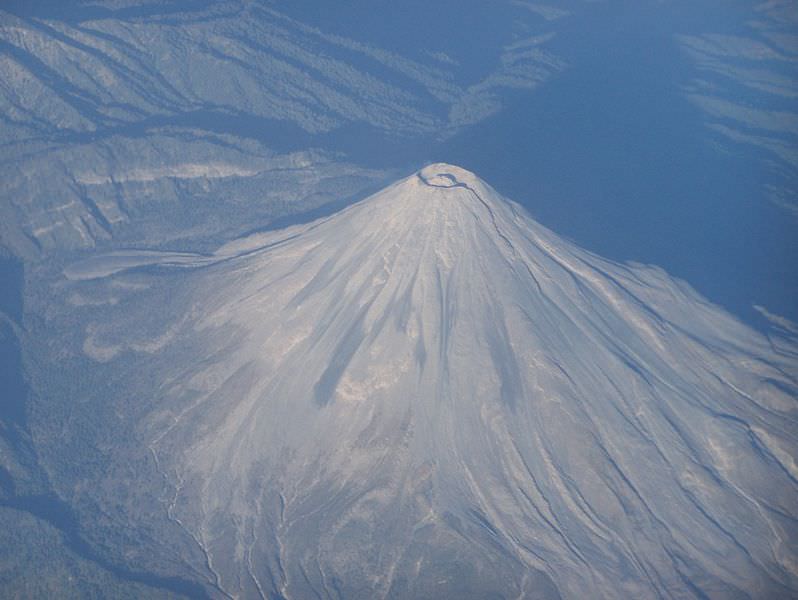[/caption]
Colima is the name of a state in Mexico, as well as a city. But we’re going to be talking about another feature in Mexico, Colima’s Volcano. Colima is the most active volcano in Mexico, having erupted more than 40 separate times since records were first kept in 1576. The volcano stands at an elevation of 4,330 meters.
Geologists believe that Colima has been active for about 5 million years. Back in the Pleistocene era (between 11,000 and 1.8 million years ago), a huge earthquake triggered a landslide on the volcano, releasing 25 cubic kilometers of debris that traveled 120 km, reaching the Pacific Ocean. Major collapse events like this are believed to happen every few thousand years.
In the Colima volcano complex there are actually two different volcanoes. The older, dormant volcano is known as Nevado de Colima, and it stands at an elevation of 4330 meters. The younger, active volcano is known as the Volcan de Colima – Colima Volcano.
Colima has the potential to be a devastating volcano. There are about 300,000 people living within 40 km of the volcano. It has been chosen by scientists as a “Decade volcano”, and has been singled out for careful study to predict if and when a major eruptive event is happening. There have been several evacuations of the region over the last decade, since a large eruption or lava flow could affect an 11-kilometer radius around the volcano. In a 1999 eruption, Colima blasted out material that reached a distance of 5 km. Fortunately, lava flows from the volcano have never reached inhabited areas.
We have written many articles about volcanoes for Universe Today. Here’s an article about Popocatepeti, another volcano in Mexico. And here’s an article about Paricutin, a volcano that appeared in a cornfield in Mexico.
Want more resources on the Earth? Here’s a link to NASA’s Human Spaceflight page, and here’s NASA’s Visible Earth.
We have also recorded an episode of Astronomy Cast about Earth, as part of our tour through the Solar System – Episode 51: Earth.

